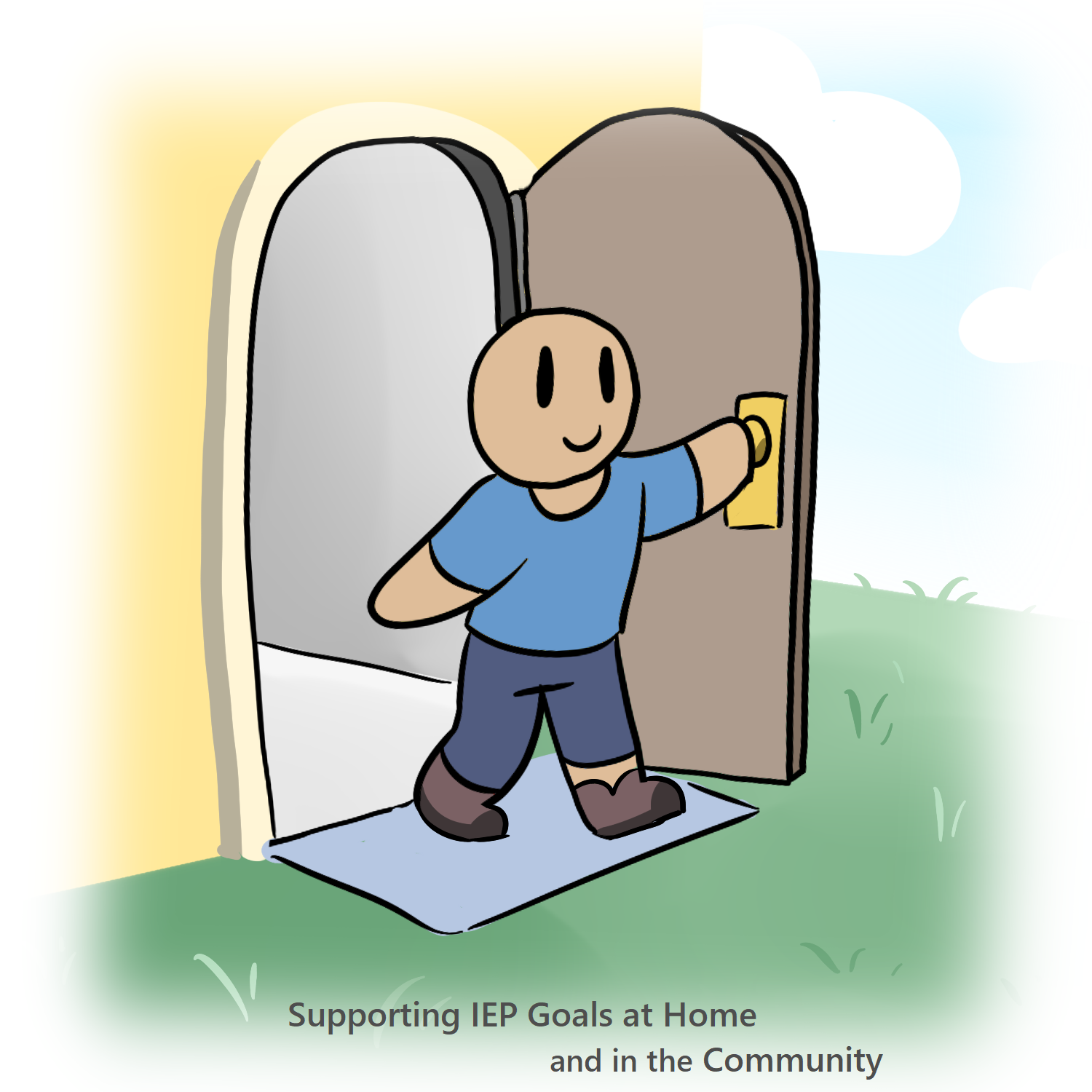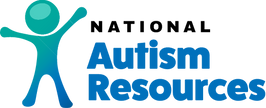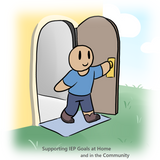Simple Ideas to Help Parents Support IEP Goals at Home and in the Community
Posted by Joan Green, Autism Education Specialist on May 16th 2022

Young children with special needs often have similar goals, for example: matching, identifying, labeling, sorting, counting, categorizing, colors, numbers, letters, shapes, sounds, and fine/gross motor and social skills.
There are many daily activities that incorporate a variety of educational goals within them. When playing with their child, parents are often reinforcing their child’s IEP goals and may not even realize the value and importance of what they are doing.
Educators can partner effectively with parents by acknowledging what they already do. Help parents by providing them with a few ideas to stimulate their imaginations and encourage participation in their child’s education outside of the classroom.
Some simple suggestions can include:
Music: Practice skills by singing songs about what you are learning. Body parts: song “Head, Shoulders, Knees, and Toes.” Encourage parents to adapt or make up songs, “Old McDonald Had a Zoo” etc.
Goal Card: In order to actually be aware of what a child’s goals are, it is helpful for goals to be visible. This can be especially helpful for students with lots and lots of goals. Make a 5”x7” card with a couple of the child’s goals on it and encourage parents to put it on the fridge. Glance at it regularly.
Incorporate a child's favorite things into activities. For example, If he likes cars, then he can count them, sort them, paint them, build garages, write/read or draw stories about them, learn safety signs, add and subtract them etc.
Help parents create a supportive action plan. Look at the child’s goals. How do they fit logically into normal daily activities? Make a list of the goals and corresponding daily activities. Now parents have a plan that isn't overwhelming.
Here are some sample IEP goals and matching activities:
Home
- Sorting—socks and shoes (match, identify, label, categorize, color, size)
- Increasing time on task (use timers, water, sand, kitchen, alarm clock)
- Following Routine (provide visual schedules, word and/or objects)
- Increasing expressive language (make box of items that begin or end in sounds identified in IEP) (Ex. Beginning sound “B”—book, bear, button, baby bottle; ending sound “T”—coat, hat, bat, mitt)
- Rote counting—count out silverware while putting it away
- Number concepts—cooking (give me one cup of water, two eggs)
- Self-help—dressing skills (pull up own pants, zip up own jacket, play dress up)
- Categorize—clean up (shoes go in bottom of closet, socks in drawer)
- Sensory—outside (if too excited, push slowly in swing; if low-energy, put on up-tempo music, play chase)
Community
Parking lot
- more/less (people or cars)
- counting (number of trucks)
- transitioning (transition items to take with, items to show where they are going, visual schedule)
- safety (looking for crosswalks, watching out for cars, identifying safety signs)
Grocery store
- colors (find green vegetables in grocery store)
- categorizing (banana/fruit, green beans/vegetables)
- counting (put four tomatoes in the bag)
- identify (“get the peanut butter for me”)
- label (“what did you pick out?”)
- big/little (pick out a big apple and a little apple)
Bank
- counting (number of people in line)
- social skills with teller (answering question, “What’s your name?” “How old are you?”)
- waiting—praise waiting, find items in environment to identify
Mall
- self-help—teach how to communicate need to go to the bathroom when in public
- label—items in stores
- sensory—touching textures, tolerating crowds, noise
All children benefit when everyone works together to create opportunities for learning.
Joan Green is a member of the National Autism Resources Advisory Board and was Special Education Teacher of the year for the Los Angeles Unified School District.








